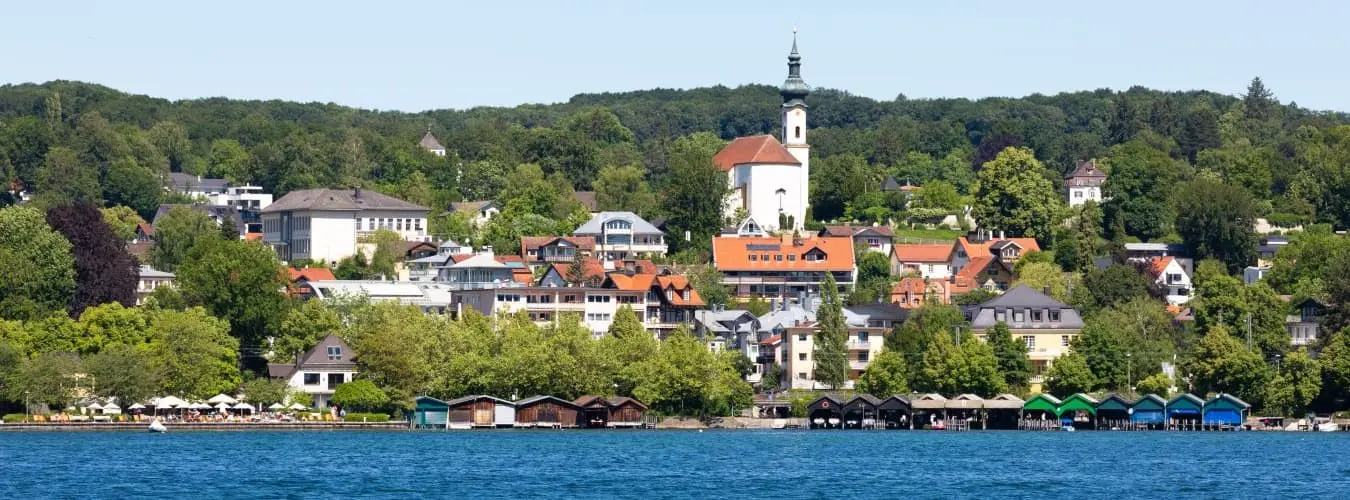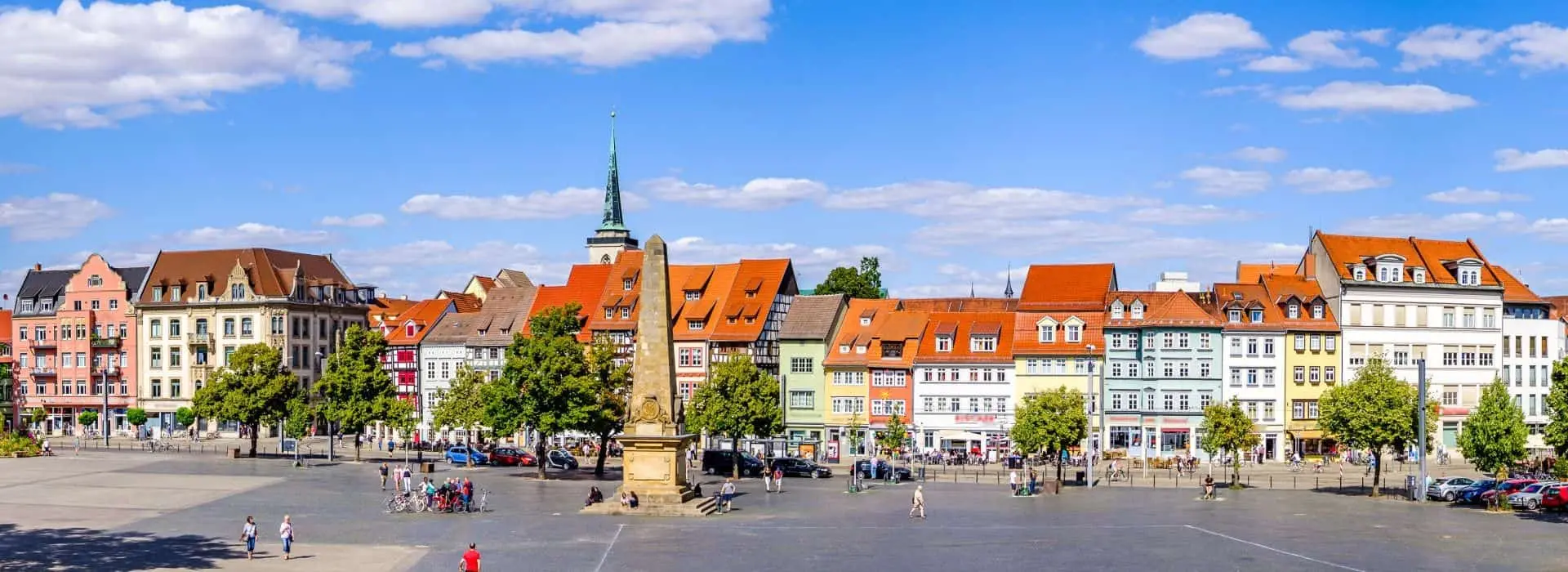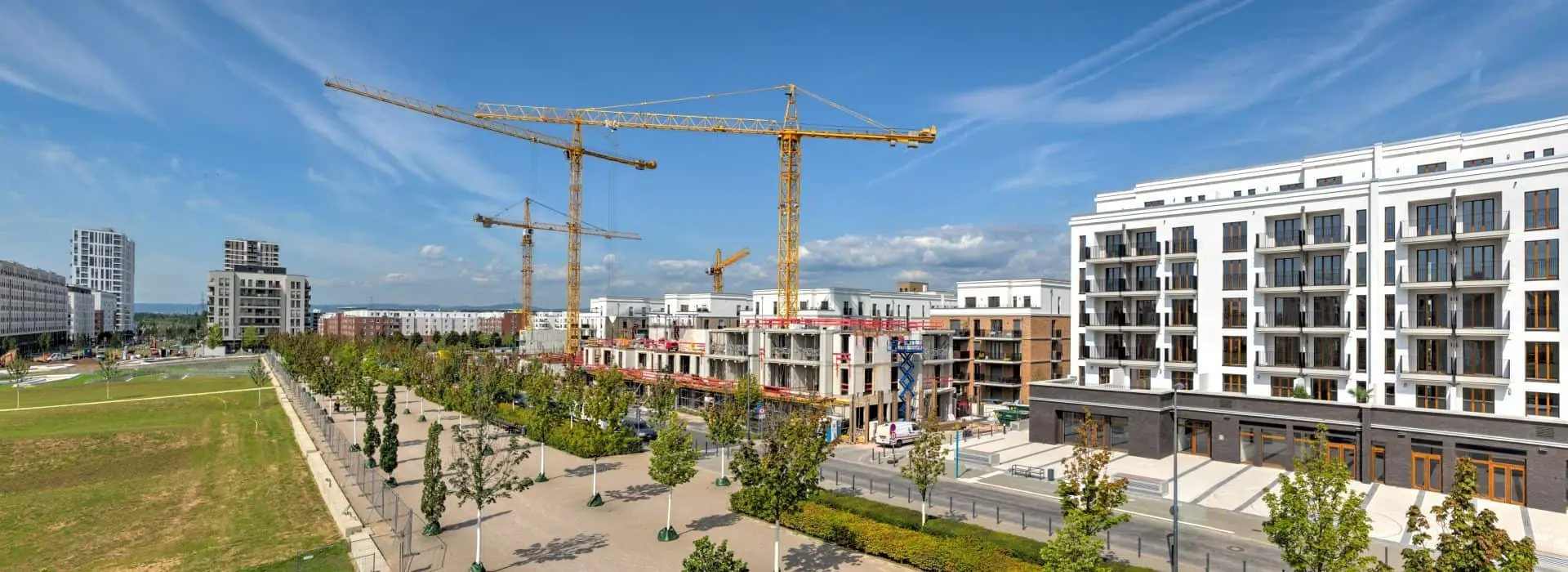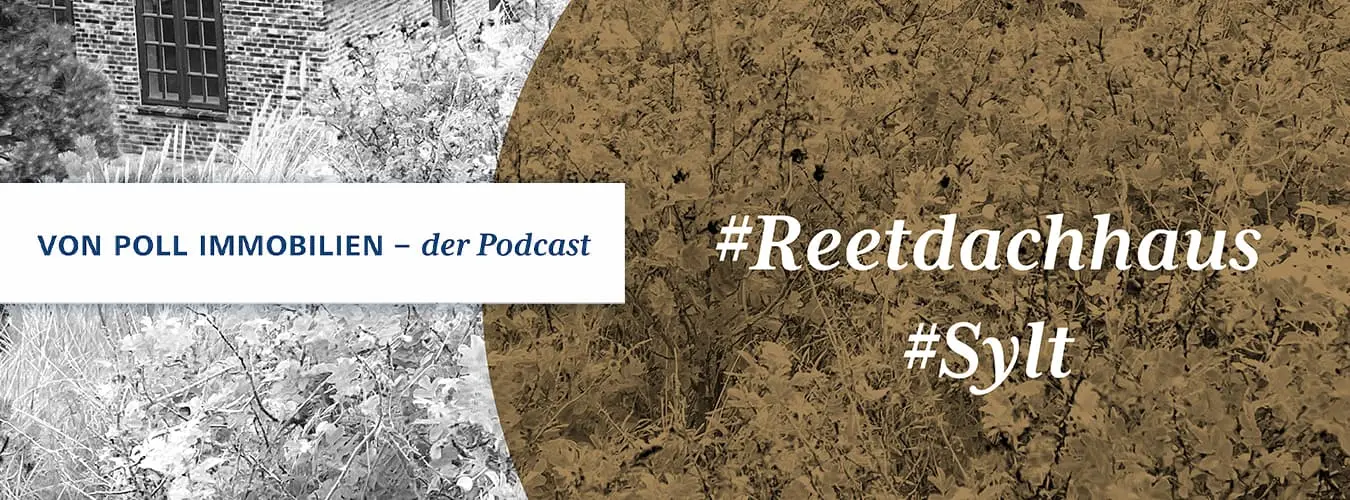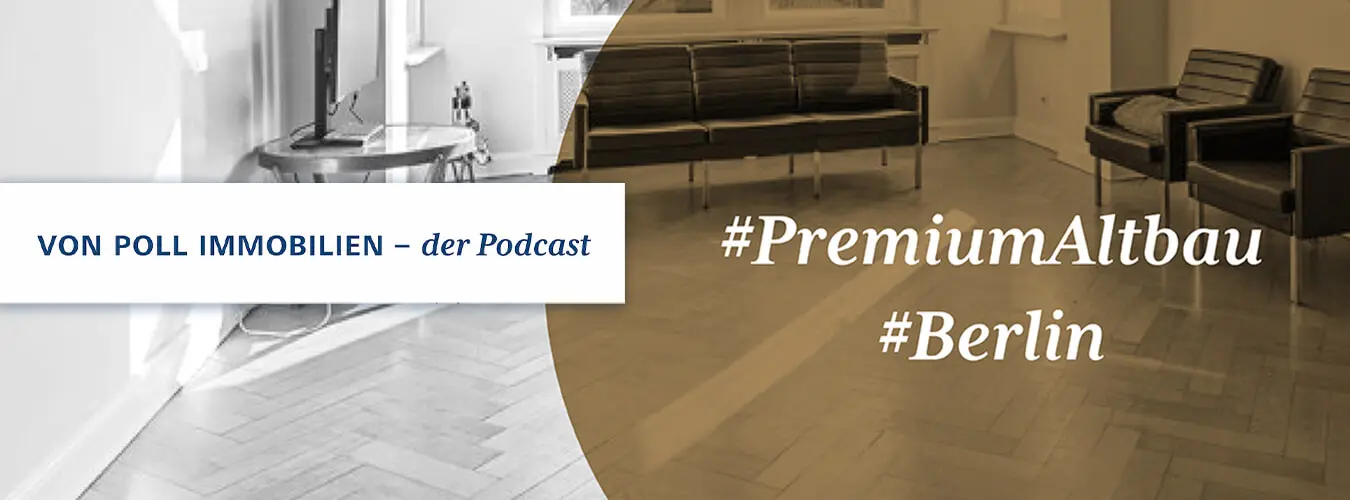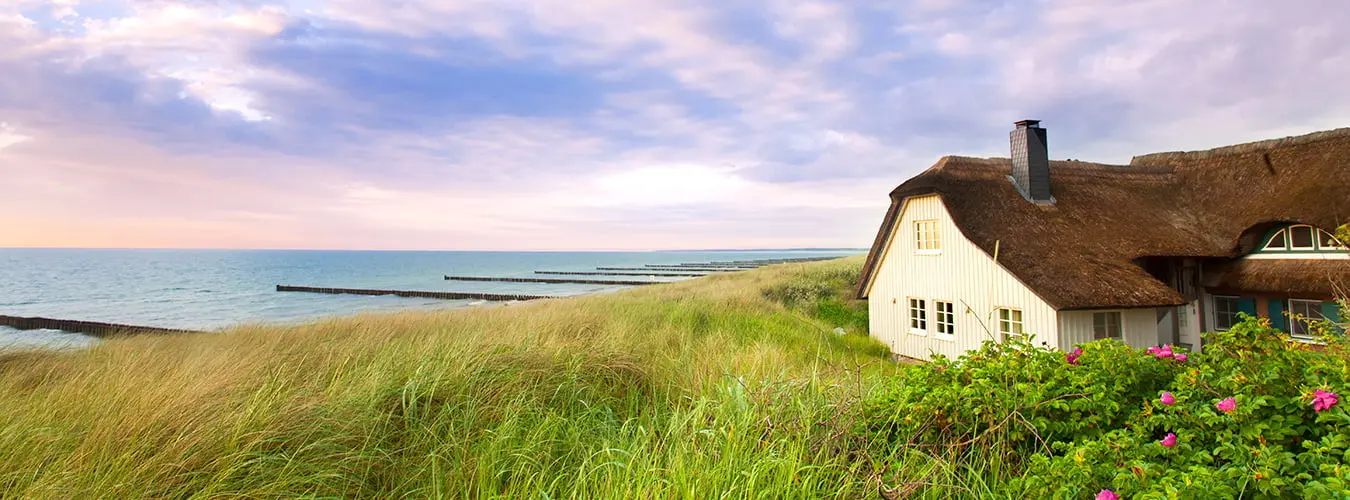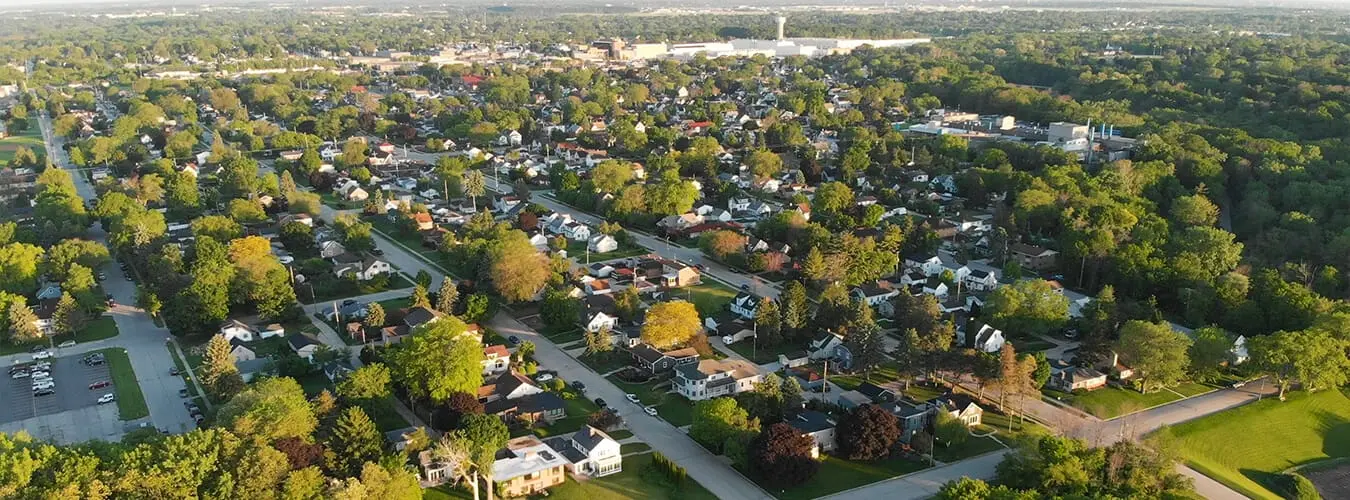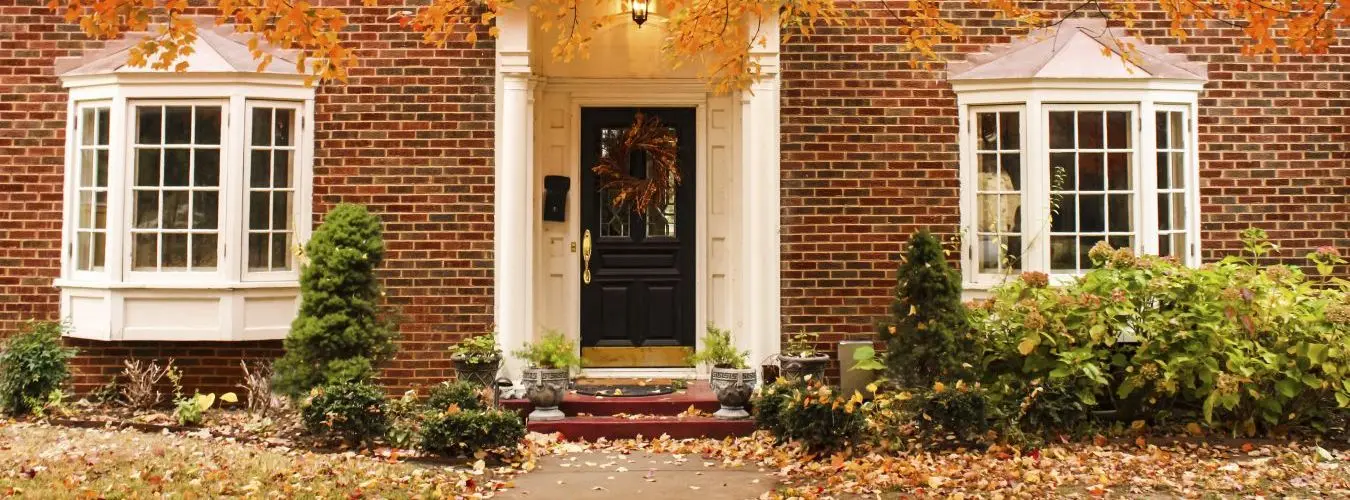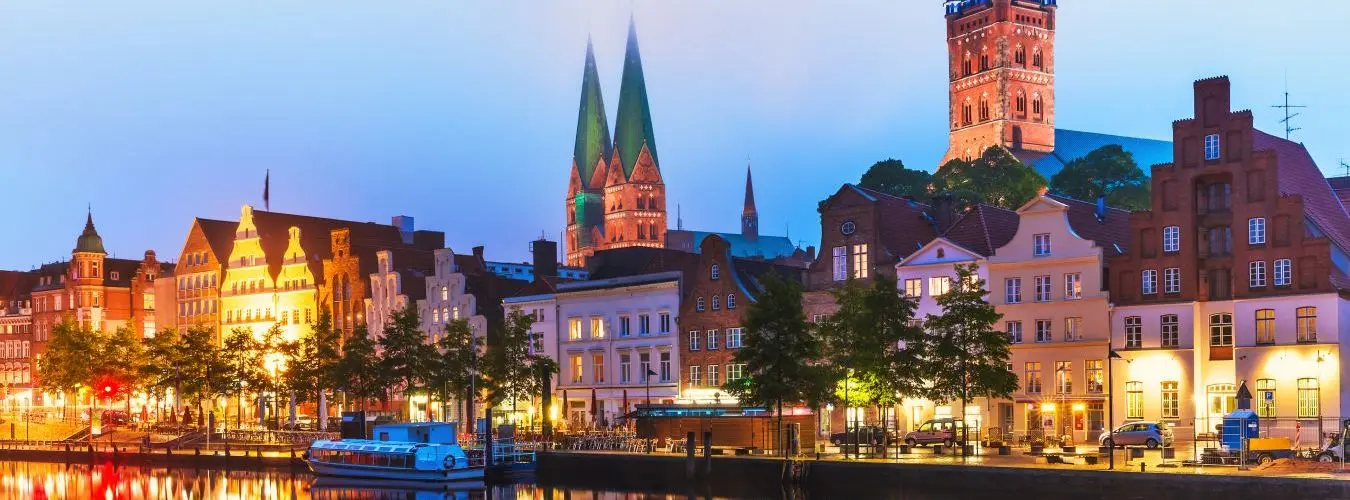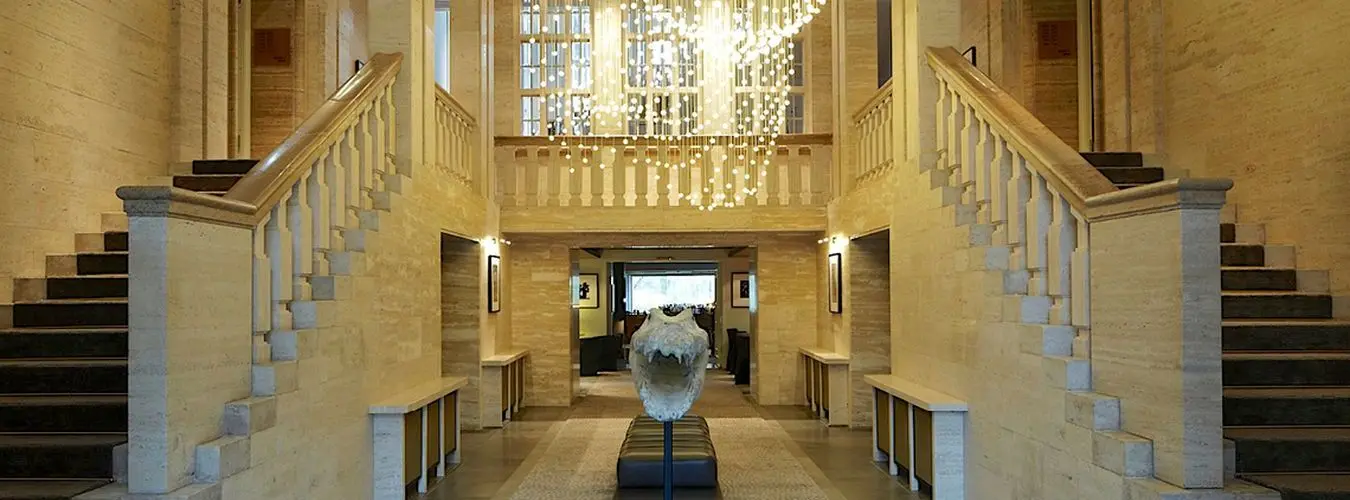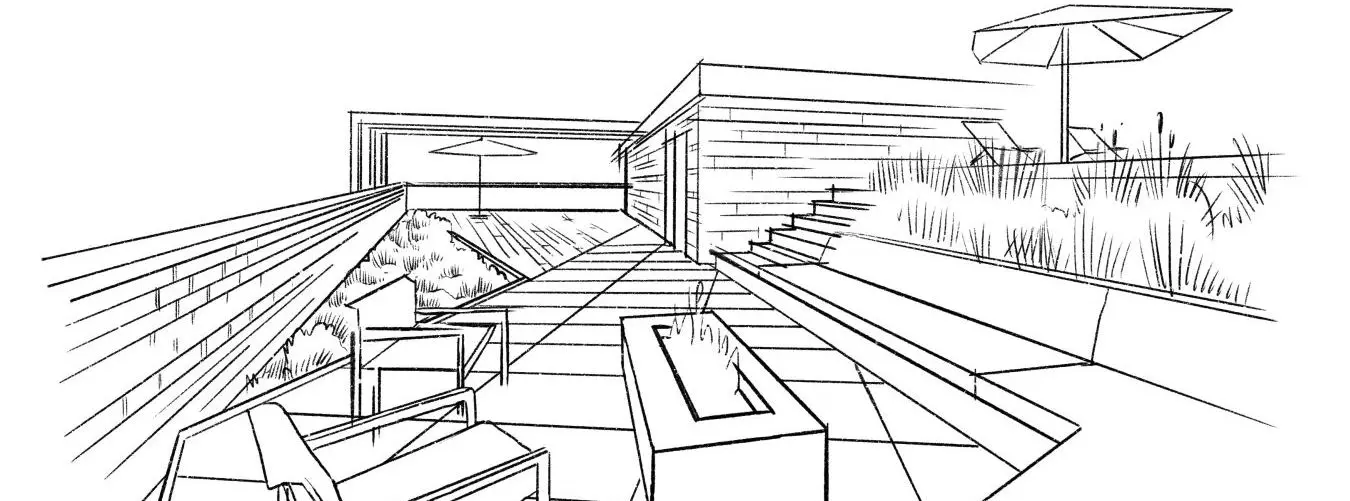Most new construction offers in Saxony, the fewest in Bremen
It is undisputed that various factors are currently contributing to the fact that new construction on the German real estate market is losing momentum and will continue to do so. From regulatory hurdles and rising construction costs to changes in the financing options available to prospective buyers - there are various aspects that are currently causing new construction in Germany to decline. However, this trend has not only been noticeable since 2023. When looking at the share of new construction in the real estate supply, a visible decline has already been observed since 2021. The VON POLL IMMOBILIEN experts (www.von-poll.com) have therefore taken a closer look at the share of new builds1 on offer on the real estate market in the German federal states and their development from 2021 to the third quarter of 20232.
In 15 out of 16 federal states, the number of new builds on offer on real estate portals in 2023 fell compared to 2021, in some cases significantly in the double-digit percentage range. In only five federal states was the percentage of new-build properties on offer in 2023 above 20 percent to 24 percent, and in Bremen it was only in the single-digit range.
Daniel Ritter, Managing Partner at VON POLL IMMOBILIEN:
"The decline in the supply of new-build properties underscores the urgency of addressing the diverse and far-reaching challenges that are holding back this sector in Germany. One key issue that needs to be addressed is the regulatory hurdles, bureaucratic processes and the complexity of building regulations, which slow down and increase the cost of the construction process. Existing regulations and approval procedures need to be reviewed in order to increase efficiency and lower the hurdles for construction companies and project developers. Another issue is how to deal with rising construction costs. Increases in the price of building materials and the shortage of skilled labor have significantly impacted the profitability of new construction projects. Measures are needed to stabilize costs, simplify construction activity and materials and ensure the availability of skilled workers in order to increase the attractiveness of new-build projects for investors and developers.'
Fig. 1: Percentage of new-build properties on offer in 2021, 2022 and 2023 (graphic: von Poll Immobilien GmbH) - interactive graphic incl. figures by mouseover:. Figures by mouseover: https://www.datawrapper.de/_/Uo73s/?v=8
In 2023, prospective buyers found the highest proportion of new-build properties on offer in the federal state of Saxony at 24.1 percent, followed by Thuringia at 22.9 percent and Rhineland-Palatinate at 21.9 percent. However, it is also interesting to note that the share of new-build properties in Thuringia and Saxony fell by -15.3% and -12.3% respectively in 2023 compared to 2021. Alongside Saxony-Anhalt with -13.9 percent and Schleswig-Holstein with -10.7 percent, these are the sharpest declines in new-build properties on offer over the past three years in a comparison of federal states.
Dominik Köhler, branch manager at VON POLL IMMOBILIEN Weimar:
"In recent years, specific subsidy programs have boosted new construction activity in Thuringia. Larger residential real estate projects, which have a longer lead time in the planning and approval process, could be completed between 2021 and 2023, which has led to a temporary increase in the proportion of new construction. However, projects in the new construction segment will initially decline again in Thuringia, as construction costs are too high, subsidy programs are coming to an end and construction projects are rarely profitable. However, demand for social and age-appropriate housing is rising continuously and it will only be possible to meet this demand if construction costs develop positively and new subsidies become available.'
In addition, Schleswig-Holstein is one of the three federal states with the lowest supply of new-build properties in 2023 at 13.5 percent. Bringing up the rear are Berlin with 12.2 percent and Bremen with only 8.3 percent of new-build properties on offer. In Berlin, however, the supply of new builds has only fallen by -2.7% between 2021 and 2023, while in Bremen it has fallen by -6.2%.
Robert Rothböck, branch manager at VON POLL IMMOBILIEN in Kiel, Neumünster, Rendsburg, Eckernförde, Plön and Eutin:
"In Schleswig-Holstein, large project developers and builders are rare and the focus of new construction is on single-family homes. In the real estate boom phase of the last decade, many smaller players have also ventured into larger projects and plots of land. This led to a veritable boom. Inevitably, many of these property developers and project developers have now ceased their construction activities or given up completely, which illustrates the challenges and volatility of this sector.'
Mecklenburg-Vorpommern is the only federal state not to record a negative trend in new construction supply from 2021 to 2023, even if the share is stagnating rather than growing at 0.4 percent. In addition, Mecklenburg-Vorpommern will be one of the four federal states with the most new-build properties on offer in 2023 - as more than one in five properties (21.1%) on the listing portals is a new-build property.
Corinne Briesemeister, branch manager at VON POLL IMMOBILIEN Rostock and Warnemünde:
"In Mecklenburg-Vorpommern, properties are currently being offered primarily in the new-build segment, which were started in 2021 and 2022. However, marketing is proving difficult as potential buyers are reluctant and purchase prices are high. A number of new-build projects have been completed in Mecklenburg-Vorpommern in recent years. Due to the very high demand, there have been many investors here. Compared to other federal states, the supply of newly built properties therefore appears to have fallen less sharply. However, new construction activity has largely come to a standstill at present. We assume that the situation will not change significantly in 2024 either"
In 2023, prospective buyers in Hesse, Bavaria, Brandenburg and Baden-Württemberg will be able to choose between 19% and 20% of newly built properties. However, the supply of new builds has fallen significantly since 2021 in Hesse (-8.2 percent), Bavaria (-5.5 percent) and Baden-Württemberg (-7.2 percent). Brandenburg, on the other hand, only recorded a decline of -2.7% in new-build properties on offer.
Hamburg with 18.6%, North Rhine-Westphalia with 17.3%, Lower Saxony with 16.2% and Saarland with 15.1% are in the lower midfield when comparing the proportion of new-build properties on offer in 2023. At -4.3% compared to 2021, Saarland saw the smallest decline in supply, followed by North Rhine-Westphalia with -7.2%, Hamburg with -7.4% and Lower Saxony with -8.1%.
Building permits for residential properties: decline in all federal states compared to 2021
In a further analysis of building permits for residential properties3 in 2023 compared to 2021, all 16 federal states recorded a downward trend. From Bavaria to Schleswig-Holstein, from Saxony to Mecklenburg-Western Pomerania - the development of building permits will have a lasting impact on the residential construction sector in all regions of Germany. The reasons for this trend are manifold and raise important questions about the current situation and future of residential construction in Germany.
The highest number of residential properties were approved in Bavaria in 2023 with 3.01 per 1,000 inhabitants, followed by Brandenburg with 2.37 per 1,000 inhabitants and Schleswig-Holstein with 2.12 building permits per 1,000 inhabitants. In 2021, all three of the aforementioned federal states recorded more than three building permits per 1,000 inhabitants - Bavaria registered 3.44 approved properties per 1,000 inhabitants, Brandenburg 3.47 per 1,000 inhabitants and Schleswig-Holstein 3.31 per 1,000 inhabitants.
The fewest building permits in 2023 were in Berlin with just 0.58 per 1,000 inhabitants. Hamburg also brought up the rear with 0.62 approved residential properties per 1,000 inhabitants and Bremen with 0.79 per 1,000 inhabitants.
The federal states of Rhineland-Palatinate, Lower Saxony, Baden-Württemberg, Mecklenburg-Western Pomerania and Saxony had between 1.5 and two building permits per 1,000 inhabitants in 2023. However, in 2021, 2.91 residential properties were approved per 1,000 inhabitants in Rhineland-Palatinate, 2.84 per 1,000 inhabitants in Lower Saxony, 2.5 per 1,000 inhabitants in Baden-Württemberg, 2.16 per 1,000 inhabitants in Mecklenburg-Western Pomerania and 2.02 per 1,000 inhabitants in Saxony.
In contrast, Hesse is in the lower midfield with 1.31 building permits per 1,000 inhabitants, Saarland with 1.25 per 1,000 inhabitants, North Rhine-Westphalia with 1.21 per 1,000 inhabitants, Saxony-Anhalt with 1.16 per 1,000 inhabitants and Thuringia with 1.09 per 1,000 inhabitants. Here, too, permits for residential properties fell visibly compared to 2021.
All data and graphics may be used and published with a reference to the following source: von Poll Immobilien GmbH (www.von-poll.com).
The graphics can be downloaded digitally with an embedding link here: https://www.datawrapper.de/_/Uo73s/?v=8 and https://www.datawrapper.de/_/Ak7mk/?v=5
1 New construction includes all completely newly built properties. A building is considered new construction for up to five years after construction. This results in properties with a construction year between 2018 and 2023 for the 2023 analysis period, with a construction year between 2017 and 2022 for 2022 and with a construction year between 2016 and 2021 for 2021.
2 The data basis for the supply figures for newly built (as defined above) detached and semi-detached houses and condominiums in the German federal states is based on analyses by GeoMap and VON POLL IMMOBILIEN Research for 2021 to the third quarter of 2023.
3 For better comparability of the individual federal states in the period mentioned, the number of approved residential buildings per 1,000 inhabitants was analyzed on the basis of data from the Federal Statistical Office from 2021 to the third quarter of 2023 and supplemented by a forecast calculation for the fourth quarter of 2023 by VON POLL IMMOBILIEN Research experts.





























